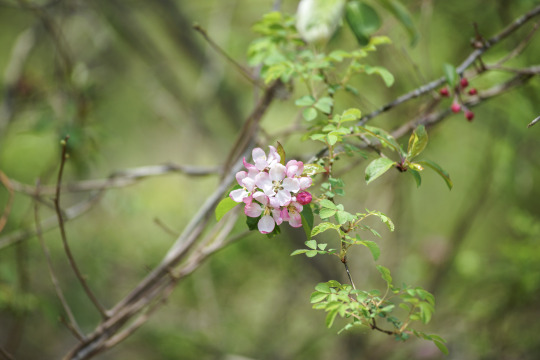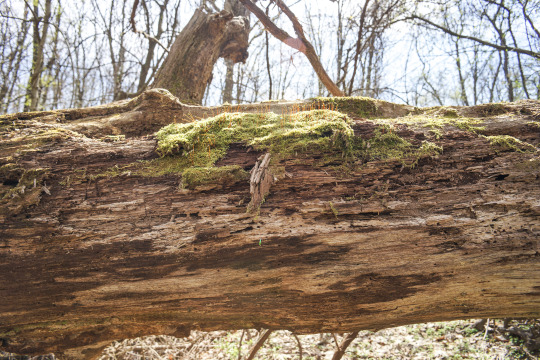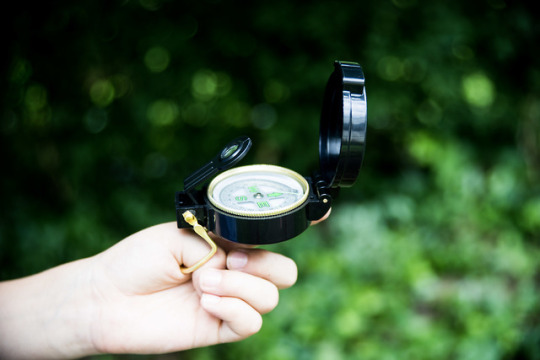
In these unprecedented times, it can be the simplest acts of normalcy that are most welcome.
It had been a while since we piled the entire family, including my wife, son, daughter, and myself, into the family minivan and headed off on an adventure.
The past six weeks consisted of self quarantine, at-home work, at-home schoolwork, neighborhood walks and riding bikes in the alley behind our house. The occasional trip to the grocery store, a most routine act any other time that I would probably have put off, had become a welcome escape.
Enter the City Nature Challenge. This worldwide event provided everything we needed: Fresh air. New experiences. Wonder. An opportunity to explore new worlds and use new technology.
Each previous year was an awesome event. This year’s felt more like a necessary one.
The drive over started off a little rough, with choruses of “I’m bored” and “My toe hurts.” As I passed the exit off Route 28 for St. Margaret’s Hospital, I made the tough decision not to pull off for the supposedly injured toe and keep the hospital bed free for another patient.
As we pulled into the parking lot of Beechwood Farms Nature Reserve in Fox Chapel, the gravel crunching beneath our tires was like a wakeup call. The kids shot up in their carseats and bobbed their heads as they desperately tried to get a view of the nature reserve. Once it was safe, they bounded through the lot and onto the trail with a relentless energy and optimism. My wife and I took a more leisurely stroll and joked how they looked like a couple of labradors let off their leashes.
The main idea of the City Nature Challenge is to collect images of plant and animal specimens and upload them through the iNaturalist app. This allows others to identify your collection and thus help researchers around the globe better understand the ecosystem of your hometown. The simplest way to do this is by taking an image on your phone and uploading it to the app. Easy. Because I am a writer and photographer by trade, I had several DSLRs on hand for the family to use. I think it is important to note that you can also use a camera of your choice. There is a huge contingency of DSLR, and now mirrorless, camera buyers who love wildlife and nature photography. In fact, the flagship models of every major camera brand, and many of their lower tier models, specifically mention wildlife photography in their product descriptions. If you are like me and prefer this method of shooting, chances are you don’t mind going back home, finding a few keepers, and uploading those images from your computer. That is what we did. I feel like it’s good to know that iNaturalist is versatile and can be more than an app on your phone if you would like it to be.

Beechwood Farms did not disappoint. Our first stop was a pond teeming with life. American Toads leaped off the trail and into the grass as we approached. The closer we got to the water, we could hear the “sploosh!” and catch a quick glimpse of hind legs as the toads jumped into the water.
The pond was filled with those toads, numerous species of fish and Canada geese. We just kept snapping away and asking each other, “Did you see that?”
From there, we hiked a loop of trail that took us through sunny meadows and patches of forest where we spotted mayapple, violets, numerous blooming trees and more. I am always interested in what catches the kids’ attention. My son, who is 7 and already has a terrific eye and excellent ability, operates by the well-known photographer’s motto: “If you think you’re too close, take one step closer.” His shots are well framed and detailed.

My daughter, who is 4, had the wide-angle lens and preferred sweeping images of scenery. She liked one particular field because the yellow grass looked like blonde princess hair.

My wife is a fan of contrasting texture and color, like moss carpeting a dead tree trunk. (Insert Jill moss pic)

I prefer wildlife and action shots.

As we neared the end of the loop, we clunked along a bridge atop a stream. The kids couldn’t resist it and before we knew it, their socks and shoes were off and they were in the water. Their toes appeared to be just fine.
When we got back to our house, we couldn’t wait to look over the photos and upload them to iNaturalist. We weren’t sure what everything was – and that’s OK! Let your natural curiosity and wonder carry you through. There’s an entire support system to help classify and identify. You can even do the same for others.
We could use your help identifying our photos! Look for phillipps_family in your iNaturalist app or the website.
Eddie Phillips is an educator at Carnegie Museum of Natural History. Museum staff, volunteers, and interns are encouraged to blog about their unique experiences and knowledge gained from working at the museum.









